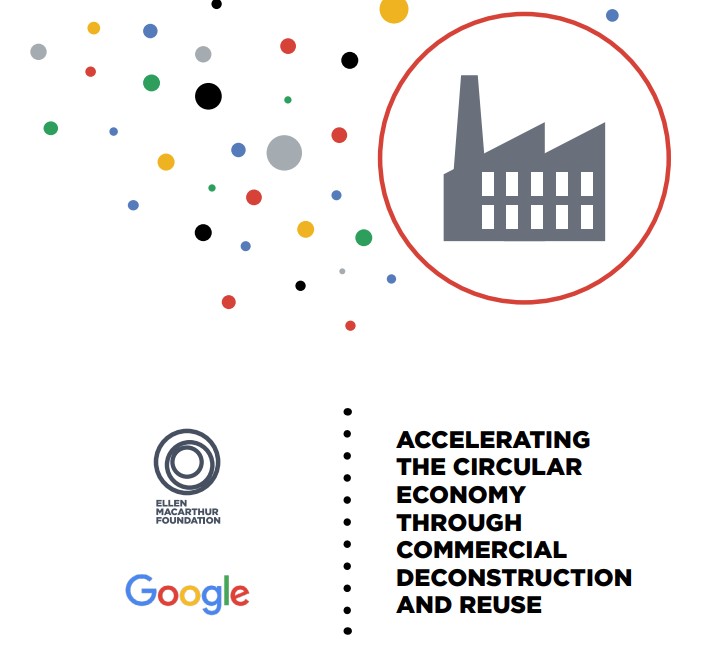Behind the products we buy is a complex web of businesses that collaborate to make, transport, store, sell and deliver everything that goes in to the final product. This web is often (simplistically) described as “the supply chain”.
Each business in a supply chain is a group of people combining a range of skills, ideas and resources to deliver their products to their customers. Their products may be physical products like steering wheels or bottle tops, or they may be professional services like accounting or computer programs.
The perils of product myopia
In the daily process of “delivering products”, what often gets lost is an understanding of what’s really going on – what we’re trading is value. All too often, producers get caught up in product thinking – and in a constantly changing world, product myopia is a business health hazard. We can be really efficient at making vinyl records or shoelaces, and miss out on the arrival of CDs or velcro.
Winning with service and value thinking
The importance of understanding what your customer values has been recognised for decades. Not only is it a fundamental marketing concept, it’s a key element in the breakthrough success cycle Jim Collins identified in the classic business book “Good to Great”. When it’s clear throughout your organisation what game you’re playing and what the rules are, you do better business.
A focus on customer value is at the heart of quality management programs and efficiency programs like Lean Thinking, and it’s an essential understanding in new opportunity development programs like Blue Ocean Strategy. So it’s a great tool for business efficiency and business development.
Regenerative business is all about service
When we get attached to our current expertise, or too busy delivering products to plan, we also miss out thinking differently about the possibilities of regenerative business. The permanent question behind regenerative business is “how can we make good money by making something good?”
One application of this query is “How can we make what we make now more sustainably?” We can engage in a product development process by investigating:
- Do we understand the impacts of the resources we use?
- Do we understand ALL the costs of our current process, including OHS, wastes and administration?
- Do we understand the future costs of using our products?
- Do we understand the future costs of disposing of our products?
- What would it take to switch from “doing less harm” to “being actively good”?
But there’s also a deeper question and a new possibility: “How could we deliver our product as a service?”
This is a concept that we understand when we hire a car or chose a phone carrier – but it’s being explored in fascinating new ways in a variety of industries, particularly those facing ongoing technological change.
From airconditioning to coolth – an example
Carrier Airconditioning has started providing a new service – “coolth” – to buildings instead of air conditioning plants. Instead of selling equipment, they provide the ongoing service of cooling at an agreed price. They own and operate the equipment. So if they can find a smarter, cheaper way of providing coolness, they increase their profits.
They have an ongoing income, so their cash flow is smoother. They’re not waiting for customer-dictated sales, so how and when they produce their cooling equipment is much more timely and predictable. Or if they find a better solution than “air conditioning plants”, they can install that instead.
So what about your business?
This is a game that every business can play, knowing that the end result will be good for business. Here are some questions to begin your exploration:
- What would happen if we retained ownership of the “product” and billed our customer for it’s use?
- How would that work? What else would be involved?
- How would that change the dynamics of our business?
- How could we shift from making batches of product that we sell intermittently to delivering an incremental ongoing service?
It’s a big change in thinking for many businesses, and at the same time it’s a great new perspective to challenge what “everybody knows” about “how things are”. It moves corporate social responsibility from obligation to business innovation opportunity. )It can also be a whole lot of fun.)
(Adapted from our August 2011 newsletter)











